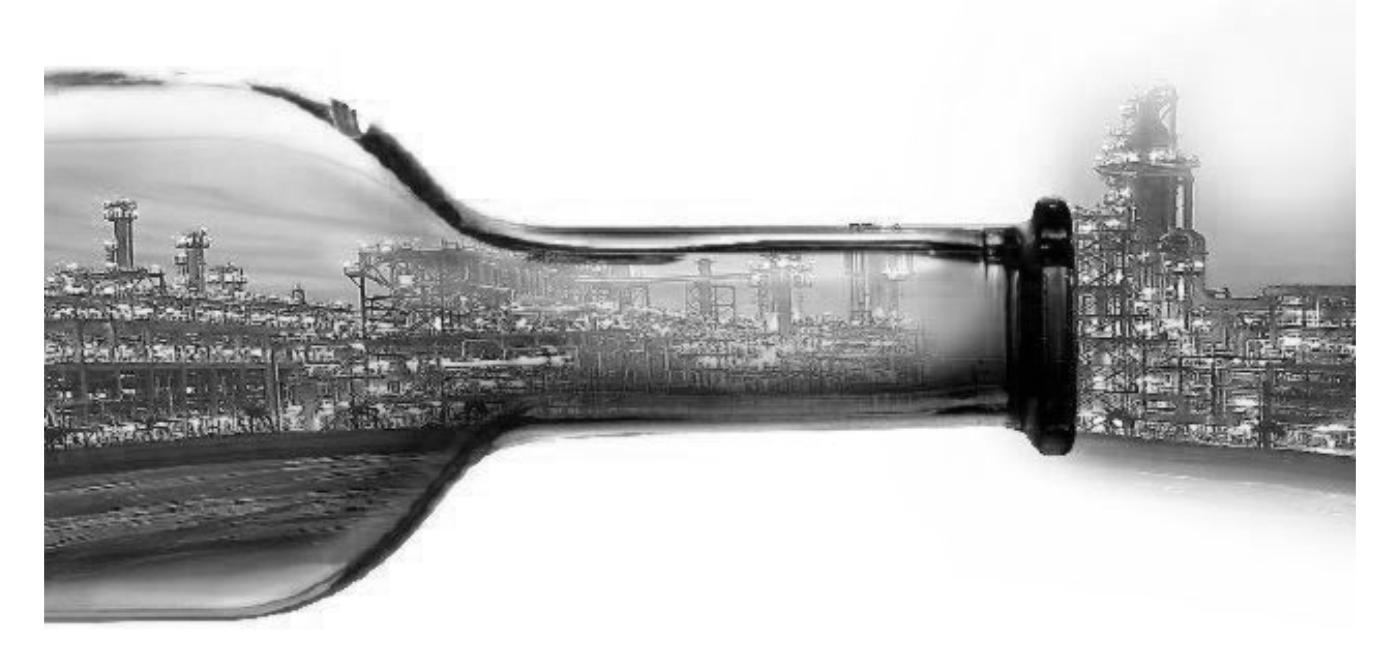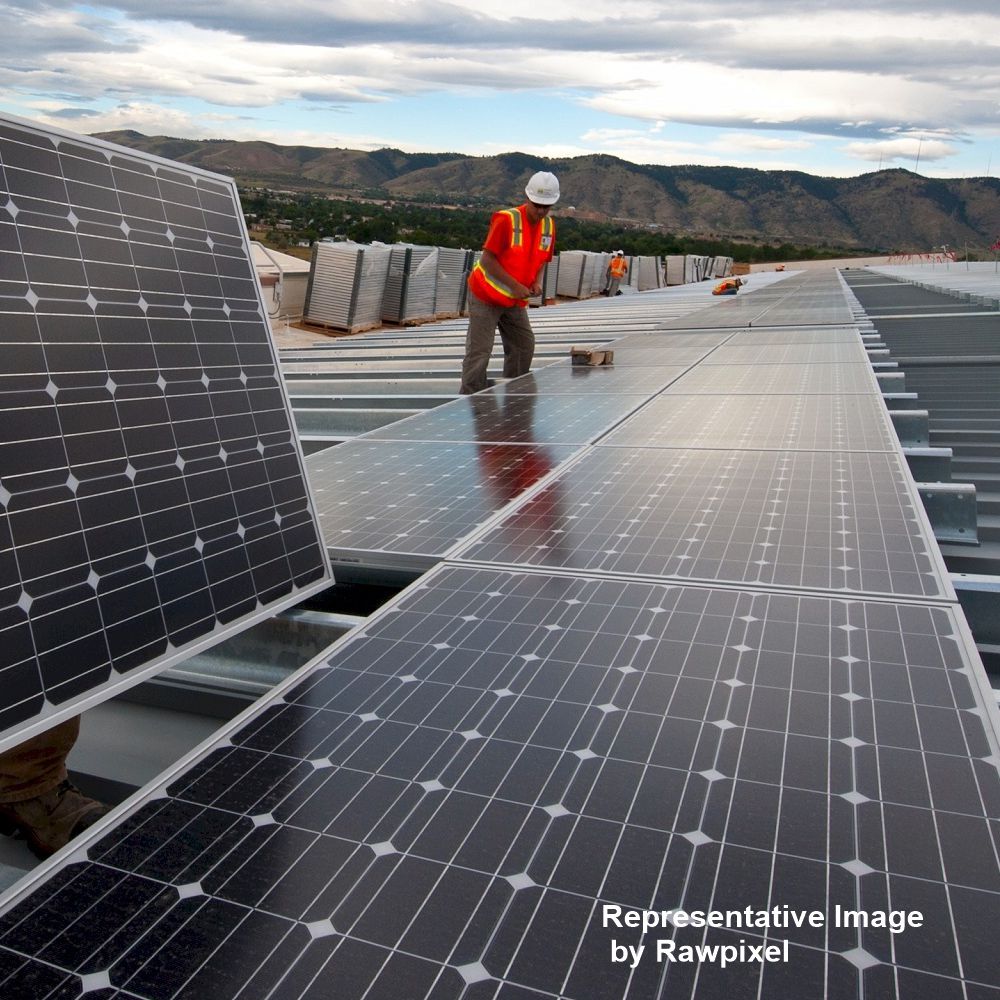“Post GST, decisions pertaining to location of warehouses are purely based on logistical efficiency and not tax considerations with companies now strategically locating their manufacturing units and warehouses to secure an optimum supply chain model,” believes Yogesh Sarin, Director – Supply Chain, Dell EMC, during an exclusive interaction…
Having more than two decades’ experience, you have seen supply chain transformation from close quarters. Pls share with us some of the major changes that have happened over the years.
Supply chain has always been evolving to keep pace with the business dynamics. However, the most dramatic one is happening now in conjunction with the fourth industrial transformation in history: Digital Transformation. It has opened newer avenues enabling organizations to be as close as possible to their customers. All this is aimed at seamless, satisfying experiences, from customers’ first visit to a store or digital channel to the moment when they receive exactly what they ordered, as was promised. Besides the customer experience aimed at matching expectations, there is also a continual improvement of supply chain via access to large data & its analytics.
What are the complexities in managing consumer electronics supply chain?
- Demand fluctuations in quick tech changing environment which makes it most challenging to maneuver supply chain
- Inventory management as a consequence of fluctuating demand in the entire product life cycle, minimizing excess & obsolete in an environment of technological advancements
- After-market services & reverse logistics needing to increase velocity, enhance revenue from service market and achieve sustainability goals.
You are heading supply chain of the entire South Asia. Presumably this is one of the most happening markets as far as industrial development is concerned. So, comes the challenging task as well… what peculiar difference have you noticed in different geographies?
South Asia has a mix of mature and emerging markets. With the economic growth, rising affluence and booming consumer demand, many international businesses are seeking to capitalize on the growth in South East Asia’s developing markets. Being an incredibly attractive region with rapidly growing markets and low cost operations, the challenge remains to address fragmented supply chains and the shortage of right supply chain skill sets. It’s important to realize that ‘one size may not fit all’, hence while the emerging countries continue to get the basics right, the mature markets need to catch pace and join the transformational journey with sustainable improvements that can be leveraged through disruptive technologies to drive business performance.
What are the recent innovative supply chain techniques?
Some of the time-tested supply chain techniques that work well are agility in supply chain build in entire network of suppliers and service providers; and measuring performance as close as possible to real time with quick course correction when needed.
Besides these, there are digital technology enablers such as: Real time tracking on end to end visibility, Robotic process automation (RPA) & Machine learning, Unmanned Aerial Vehicles for deliveries, and Data analytics and business intelligence.
How difficult & complex is the Indian market vis-à-vis other territories?
Supply chain challenges in India are mainly on tax complexities, poor distribution system, dispersed markets growing into tier 2 & 3 cities catered through lack of proper infrastructure. Good news is that scenario is changing at a great pace to catch up with the demand.
What has been one of the most challenging and fulfilling projects that you have managed?
Most challenging projects have been around the tax issues where sincere intent to abide with compliance rules has been the winning strategy. Some of the most fulfilling projects have been working with 3PL partners on pain areas like long lead time challenges which when de-bottlenecked, drove a significant positive customer experience besides raising the bar on process capability. Another good one was in establishing the next level contracts between airlines & freight forwarders in securing dead freight agreements with a view of assured lead time between key origin and destinations. Other simple but very effective projects on mode change from Air to Sea have been enormously successful to drove cost optimization.
Technology is changing the way one manages supply chain. What are the new age tech tools available today?
Recent examples of initiatives, some of which are in various stages of implementation include:
Real Time KPI measurement: ‘What cannot be measured, cannot be improved’ is a manta behind establishing control mechanisms to monitor the health of operations. This is now getting more aggressive and advanced with real-time information enabling proactive avoidance of accidents and optimizing the output.
Robotic Process Automation: It has been successfully tested with machine learning replicating the sequence of a set of events in warehouse operations. This is hugely successful in reducing operator effort and increasing accuracy.
Added to these, other upcoming tech tools include:
- Augmented Reality for order processing in warehouse
- Internet of Things for productivity tracking
- Business analytics of data with simulation of scenarios
- 3D printing for end of life service spares.
How has been the scenario post GST?
The radical shift in the country’s taxation policy has witnessed quite a few indubitable advantages to offer in the Indian logistics landscape. With the removal of bundled indirect taxes such as VAT, CST, service tax, excise tax, etc., we now have a more simplified tax policy compared to the previous tax structure. The long prevalent need to install warehouses across all states is no longer a need owing to removal of road permits and interstate barriers leading to an increased efficiency in interstate transportation with a better lead time & less in-transit inventory. Organizations are now remodeling their supply chain to consolidate their warehouse operations and thereby reducing inventory. Post GST, decisions pertaining to location of warehouses are purely based on logistical efficiency and not tax considerations with companies now strategically locating their manufacturing units and warehouses to secure an optimum supply chain model.
The check post clearance processes which used to be quite complex with numerous paperwork have now become a thing of the past. There is also a tangential decrease in the costs of incoming logistics, allowing manufacturers to enlarge their vendor base outside state boundaries and alter sourcing models profitably. One major change of GST was the implementation of e-way bill replacing the paper forms / road permits. This has encouraged companies to invest in technology in order to ensure that they synchronize their data and stay compliant.
Pls share with us some of the striking supply chain trends that we will witness in times to come.
- ‘Pay per use’ model would gain momentum replacing the large fixed costs of infrastructure, IT maintenance, etc.
- Technology tools would pave way for various operational process enhancements & optimization which would invariably help to improve customer experience & provide cost savings.
- Supply chain modeling would be looked at for global implementation for consistent products & services.
- Increase in supply chain Universities globally offering graduate & undergraduate degrees in supply chain management.
How can companies achieve supply chain optimization to reap benefits?
Successful supply chain organizations have a seat at the executive table when strategic decisions are made. This is not just owing to the enormous spend the org handles but more so to align well with business segment leaders especially sales on procurement strategies. The financial success of the operations/business units is closely linked with the performance of the supply chain procurement initiatives. The best organizations are known to follow the Balanced score card as a way to focus on financial targets at the top of the pillar, which are achieved when customers buy the products & services. These products & services are worth having edge over competition only if the operations are strong, backed again by the valuable assets called people in organisation that need to be nurtured to continuously evolve.

Categories

Magazine Editions






















